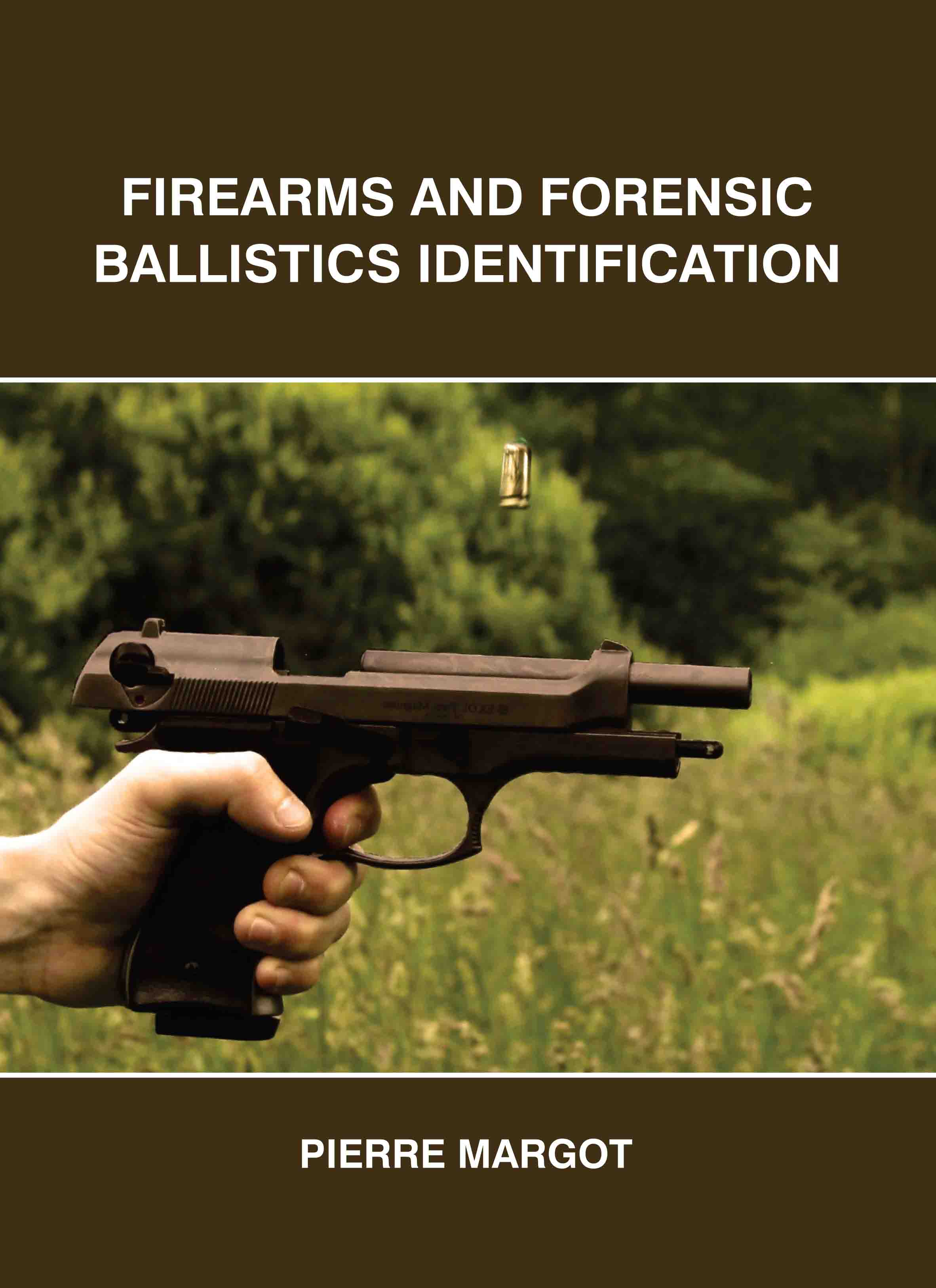
Firearms and Forensic Ballistics Identification
by Pierre Margot
| ISBN | 9781835352595 |
|---|---|
| Publisher | EDTECH PRESS |
| Copyright Year | 2025 |
| Price | £170.00 |

by Pierre Margot
| ISBN | 9781835352595 |
|---|---|
| Publisher | EDTECH PRESS |
| Copyright Year | 2025 |
| Price | £170.00 |
Examining evidence from guns that may have been used in a crime is a part of forensic ballistics. The examiner will then establish whether the bullets were likely shot from the same gun or from two distinct firearms by comparing how similar the two sets of markings are. The capacity of a firearms examiner to ascertain if a specific bullet or cartridge case was shot from a particular firearm is at the core of the field of forensic firearms identification, often known as ballistics. Small, frequently microscopic marks on bullets or cartridge cases that are specific to the ammunition discharged from that firearm can be used to make this decision. Ballistics, the science of moving projectiles, is a subject that helps firearm examiners in their work. When analysing a handgun or fired bullets in their tests, examiners take into account the interior ballistics, or movement within the firearm. When assessing the evidence for proximity assessments, they may also depend on their understanding of terminal ballistics, the results of a projectile's impact on a target. Forensic ballistics professionals have compared bullets and cartridge cases visually under a split-screen microscope for around a century. The examiner can provide an expert opinion on whether the bullets match after comparison, but they are unable to quantify the strength of the evidence. Forensic scientists, firearms examiners, defense and prosecution attorneys, judges, and police officers should all read this book.